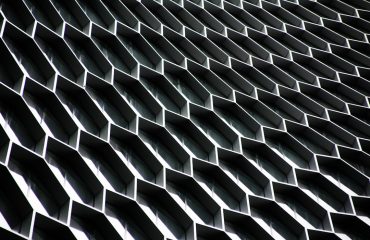body { font-family: sans-serif; line-height: 1.6; }
h1, h2, h3 { color: #333; }
img { max-width: 100%; height: auto; }
Cold drawn flat bars are a ubiquitous component in countless industries, offering a compelling blend of precision, strength, and surface finish. This comprehensive guide delves into the intricacies of these versatile steel products, exploring their manufacturing process, unique properties, diverse applications, and the crucial factors to consider when selecting the right cold drawn flat bar for your specific needs.
The Manufacturing Process: From Coil to Precision
The journey of a cold drawn flat bar begins with hot-rolled steel coils. These coils undergo a series of crucial steps to transform them into the precise, high-quality components we know. The process starts with pickling, where the coil is cleaned to remove surface impurities. This is followed by cold drawing, the heart of the process. Here, the steel is drawn through a series of dies under high tension, reducing its cross-sectional area and increasing its strength and surface finish. The precise control during this stage is crucial for achieving the desired dimensional accuracy and surface quality. After drawing, the bars may undergo further processing, such as straightening, cutting to length, and sometimes heat treatment to achieve specific mechanical properties. The entire process is highly automated, ensuring consistency and precision in the final product.
Exceptional Properties: Strength, Precision, and Surface Finish
Cold drawing significantly enhances the mechanical properties of the steel. Compared to hot-rolled bars, cold drawn flat bars exhibit superior tensile strength, yield strength, and fatigue resistance. This enhanced strength is a direct result of the cold working process, which introduces significant strain hardening within the steel’s microstructure. Furthermore, cold drawing results in exceptional dimensional accuracy and a smoother, more refined surface finish. This superior surface quality minimizes the need for further machining, saving time and costs in downstream applications. The tight tolerances achievable with cold drawn bars are critical in applications requiring precise fits and intricate designs.
Diverse Applications: Where Strength Meets Precision
The combination of strength, precision, and superior surface finish makes cold drawn flat bars suitable for a wide range of applications across various industries. They are frequently used in automotive components, such as chassis parts, suspension systems, and steering components. The aerospace industry utilizes them in aircraft structures and engine components where high strength-to-weight ratio is crucial. Precision machinery, tooling, and the construction industry also benefit significantly from the exceptional properties of cold drawn flat bars. Their use in hydraulic cylinders, guide rails, and structural reinforcement showcases their versatility and reliability under demanding conditions. The superior surface finish also makes them ideal for applications requiring minimal post-processing or specialized coatings.
Advantages of Choosing Cold Drawn Flat Bars
The advantages of using cold drawn flat bars are numerous and significantly impact manufacturing efficiency and product quality. The superior strength-to-weight ratio reduces material usage and lowers overall component weight. The precise dimensions minimize machining and finishing requirements, reducing production time and costs. The enhanced surface finish improves corrosion resistance and allows for better adhesion of coatings, extending the lifespan of the final product. The consistent quality and dimensional accuracy ensure reliable performance and reduce the risk of assembly issues. Ultimately, choosing cold drawn flat bars leads to improved product performance, cost savings, and enhanced manufacturing efficiency.
Selecting the Right Cold Drawn Flat Bar: Key Considerations
Selecting the appropriate cold drawn flat bar involves careful consideration of several factors. The required material grade, specified by its chemical composition and mechanical properties, is paramount. The desired dimensions, including thickness, width, and length, must be accurately defined to ensure a proper fit and function. The surface finish requirements, whether a standard finish or a specialized surface treatment, should be clearly specified. Finally, the tolerances acceptable for the dimensions are crucial, as cold drawing offers very tight tolerances, but the specific requirements must be defined upfront. Consulting with a reputable supplier experienced in cold drawn steel products is essential to ensure the chosen material meets all the necessary specifications and performance criteria.
Cold drawn flat bars are more than just a steel product; they are a testament to the precision and engineering capabilities of modern manufacturing. Their unique combination of properties makes them a critical component in a vast array of applications, ensuring strength, reliability, and efficiency across various industries.
SEO Tags:
Cold drawn flat bars, steel bars, precision steel, cold drawn steel, engineering materials




